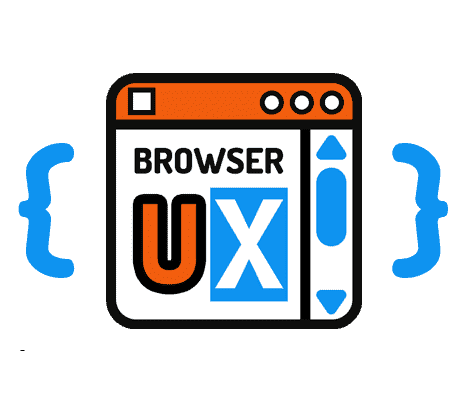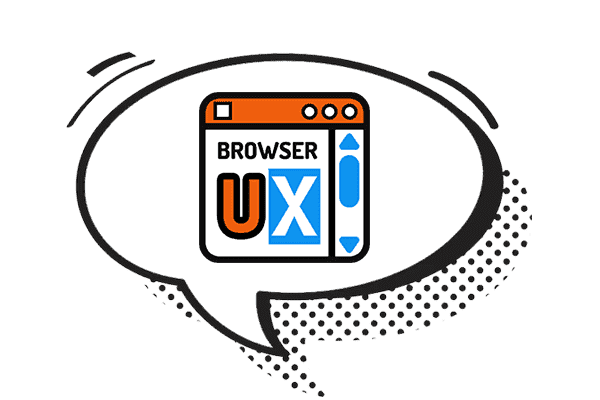Guide: Managing Light and Dark Themes with HTML, CSS, and JavaScript

With the rise of dark mode across systems, browsers, and apps, offering an adaptable light/dark theme is no longer just a visual bonus, it's become a standard expected by users. Whether for visual comfort, accessibility, or simply respecting system preferences, implementing a well-designed dark mode is now a best practice in modern web development.
This three-part guide walks you through the process of building a modern, seamless, and accessible light/dark theme system step by step. We’ll explore various approaches, from the simplest to the most advanced, with a focus on best practices, performance, and user experience.
The guide is structured into three complementary articles:
-
May 2025 🌙 Dark Mode 🧩 UX ♿ Accessibility
1. Managing Light/Dark Themes: Fundamentals, Accessibility, and Best Practices
Why Dark Mode Has Become Essential, and Common Mistakes to Avoid -
May 2025 HTML CSS 🌙 Dark Mode 🧩 UX ♿ Accessibility
2. Managing Light/Dark Themes with HTML and CSS: Native Solution
Automatically adapt your website to the user's system preferences, without JavaScript. -
May 2025 HTML CSS JS 🌙 Dark Mode 🧩 UX ♿ Accessibility
3. Managing Light/Dark Themes with JavaScript: Giving Users Full Control
Provide a theme toggle button, remember the user's choice, and adapt visuals accordingly.

BrowserUX Theme Switcher is a lightweight, accessible, and customizable Web Component designed to easily add a theme switcher button to any website or application: BrowserUX Theme Switcher
Go Further
If you’d like to explore how to better account for user preferences in your interfaces, here are a few resources you may find helpful:
-
May 2025 CSS ♿ Accessibility 🧩 UX
CSS: Improve Accessibility by Respecting Users’ Contrast Preferences with
prefers-contrast -
May 2025 CSS ♿ Accessibility 🧩 UX
CSS: Adapting Animations to User Preferences with
prefers-reduced-motion

browserux.css is a base CSS file designed as a modern alternative to classic resets and Normalize.css, focused on user experience and accessibility. It lays accessible, consistent foundations adapted to today's web usage: browserux.css
About
This blog was designed as a natural extension of the BrowserUX ecosystem projects.
Its goal is to provide complementary resources, focused tips, and detailed explanations around the technical choices, best practices, and accessibility principles that structure these tools.
Each article or tip sheds light on a specific aspect of modern front-end (CSS, accessibility, UX, performance…), with a clear intention: to explain the “why” behind each rule to encourage more thoughtful and sustainable integration in your projects.

